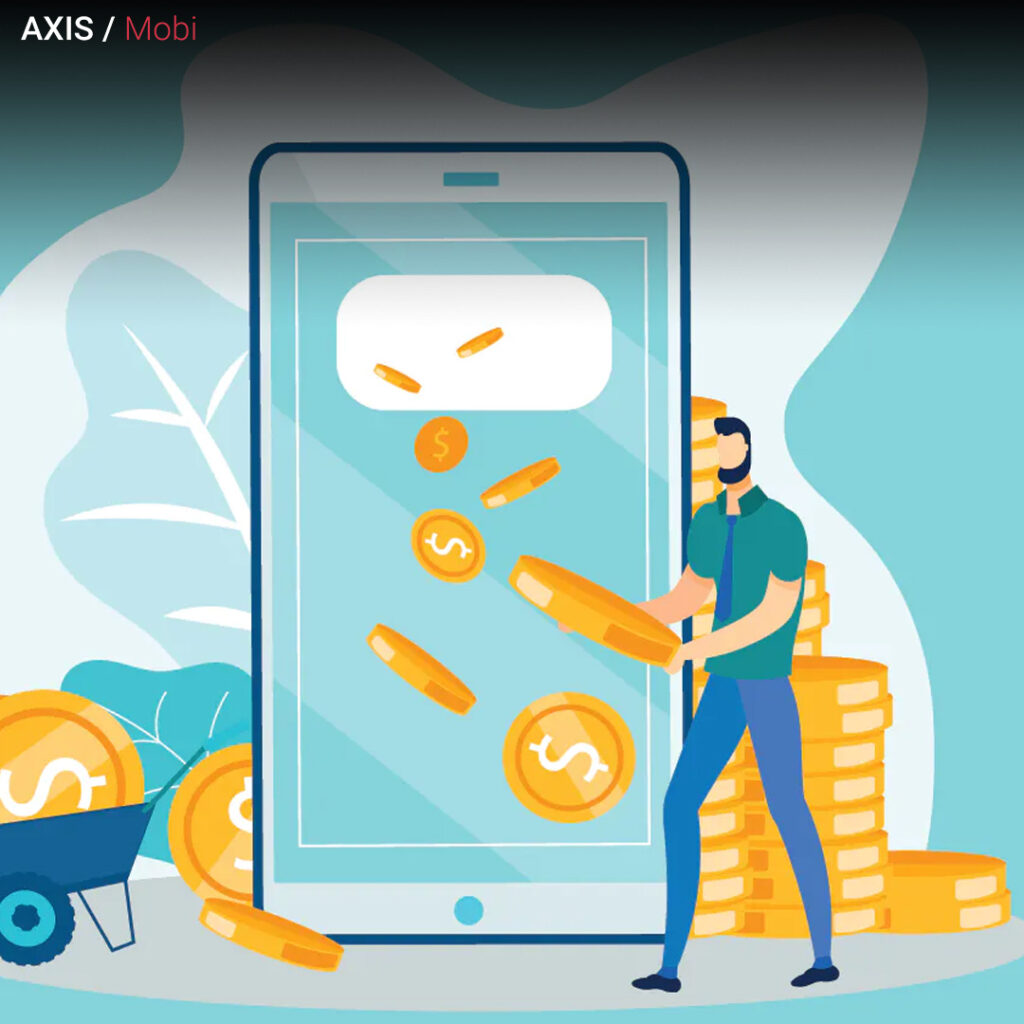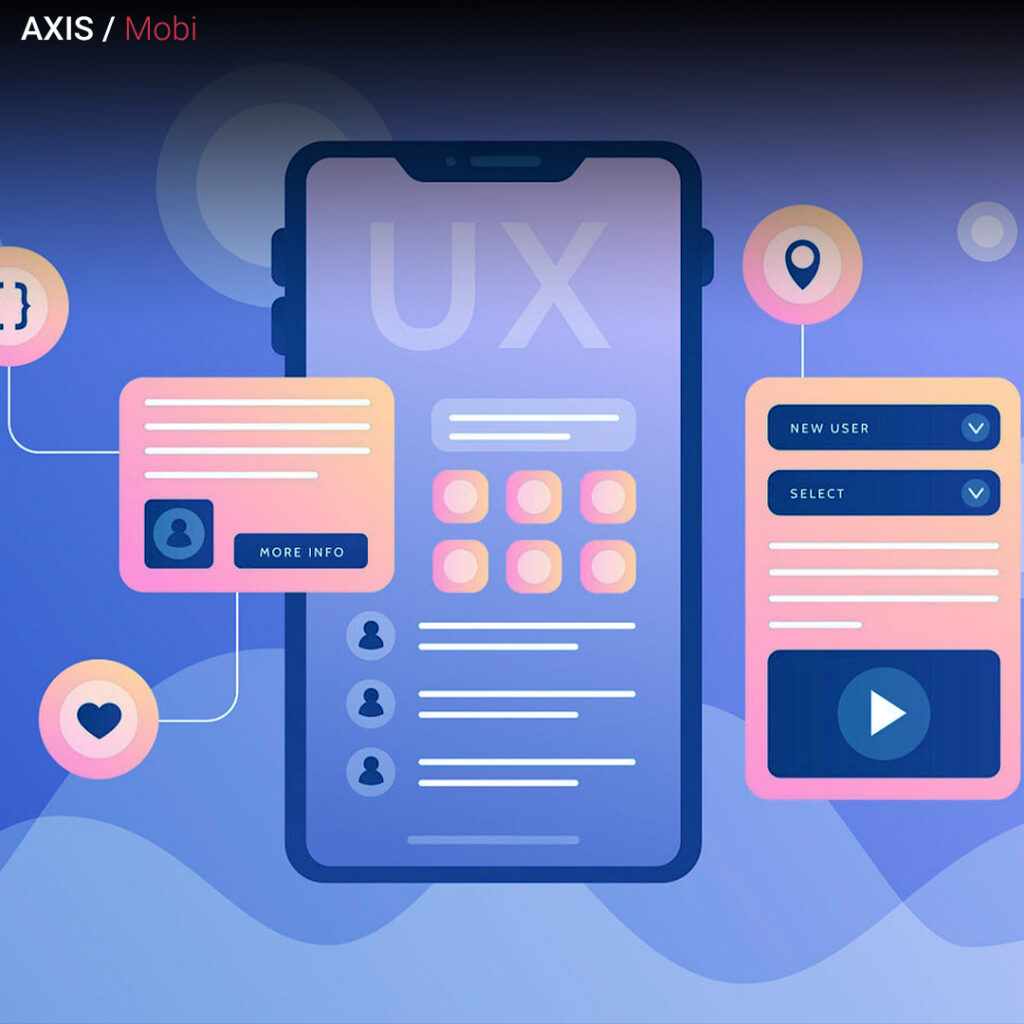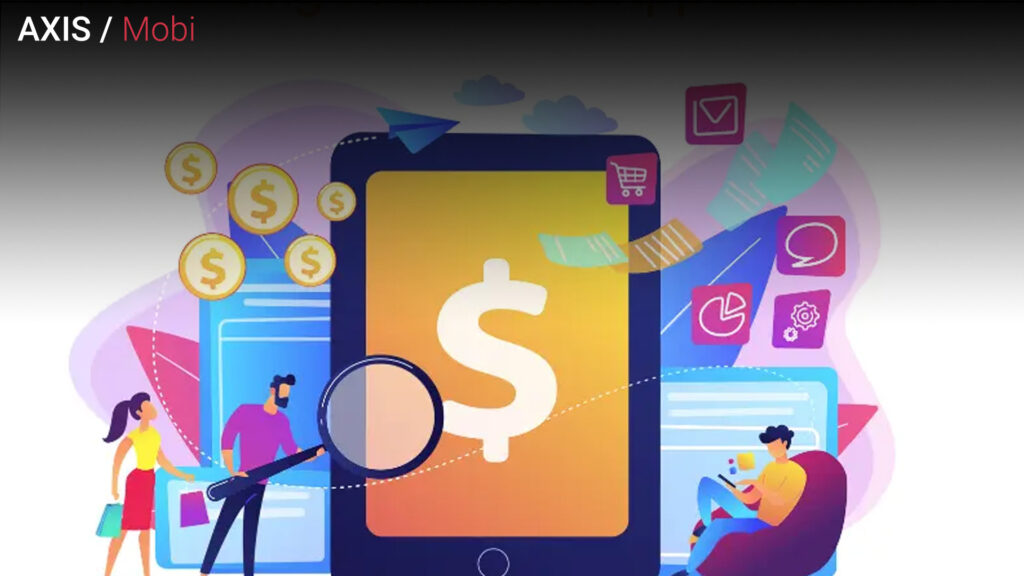Mobile applications have become an integral part of our daily lives. From social networking to productivity tools, games to fitness trackers, there seems to be an app for everything. However, developing and maintaining a successful mobile app can be a costly endeavor. This is where app monetization platforms come into play. They offer developers the opportunity to generate revenue from their apps, but striking the right balance between user experience and revenue can be a daunting task.
In this blog post, we will explore the world of app monetization platforms, the different monetization strategies available, and how developers can navigate the delicate balance between earning money and keeping their users satisfied.
Understanding App Monetization Platforms

Before delving into the intricacies of balancing user experience and revenue, let’s first understand what app monetization platforms are and how they work.
App Monetization Platforms are services or tools that help app developers generate revenue from their applications. These platforms offer various monetization strategies, such as advertising, in-app purchases, subscription models, and more. App developers integrate these strategies into their apps to start earning money.
Common Monetization Strategies
- Advertising: This is one of the most popular monetization methods. Developers can display ads within their apps, either as banner ads, interstitial ads, or rewarded video ads. Advertisers pay developers based on the number of impressions, clicks, or video views.
- In-App Purchases: In-app purchases allow users to buy virtual goods, premium features, or subscriptions within the app. This strategy is common in freemium apps, where the app is free to download but offers paid upgrades.
- Subscriptions: Subscriptions are recurring payments made by users to access premium content or features. This model is prevalent in content-based apps like streaming services, news apps, and fitness trackers.
- Sponsorships and Partnerships: Some apps collaborate with sponsors or partners to promote their products or services within the app. This can include branded content, exclusive discounts, or special offers.
- Affiliate Marketing: Developers can earn commissions by promoting products or services from other companies within their app. This is often used in apps that provide product reviews or recommendations.
Now that we have a basic understanding of app monetization strategies let’s explore how to balance these strategies with user experience.
The Challenge: Balancing User Experience and Revenue

Finding the right balance between user experience and revenue is a critical challenge for app developers. If an app bombards users with too many ads or pushes them to make constant in-app purchases, it can result in a poor user experience and drive users away. On the other hand, focusing solely on the user experience without considering revenue can make it difficult for developers to sustain and improve their apps.
The Impact of Poor User Experience

- User Churn: Users are quick to uninstall apps that disrupt their experience with intrusive ads or pushy sales tactics. High user churn can lead to negative reviews and a damaged reputation.
- Low User Engagement: An app that constantly interrupts users with ads or paywalls can discourage engagement and reduce the time users spend within the app.
- Negative Reviews: Users who have a bad experience with an app are more likely to leave negative reviews, which can further deter potential users.
The Importance of Revenue
On the flip side, generating revenue is crucial for the sustainability and growth of an app. Here are some reasons why developers need to monetize their apps effectively:
- Covering Costs: Developing, maintaining, and updating an app can be expensive. App monetization helps cover these costs and ensure continued development.
- Investment in Quality: Earning revenue allows developers to invest in improving the app’s quality, adding new features, and enhancing user experience.
- Staying Competitive: In a crowded app market, staying competitive often requires resources for marketing, user acquisition, and user retention efforts.
Balancing these two crucial aspects of app development requires a thoughtful and strategic approach.
Strategies for Balancing User Experience and Revenue
Let’s explore some effective strategies for achieving the delicate balance between user experience and revenue generation in your mobile app.
- Prioritize User-Centric Design
Start with a user-centric design approach. Put your users’ needs and preferences at the forefront of your app development process. Here’s how:
- User Testing: Conduct thorough user testing to gather feedback on your app’s usability and overall experience. Identify pain points and areas for improvement.
- Minimalist Design: Keep the user interface clean and clutter-free. Avoid unnecessary pop-ups, excessive ads, or complex navigation.
- User Feedback: Listen to user feedback through app store reviews, in-app surveys, and customer support channels. Use this feedback to make informed decisions about your app’s monetization strategies.
- Offer a Freemium Model
The freemium model offers a free version of your app with limited features and monetizes through premium upgrades or in-app purchases. This approach allows users to enjoy your app without upfront costs while offering opportunities for revenue generation.
- Clear Value Proposition: Ensure that the premium features or content you offer justify the cost. Users should see value in upgrading.
- Trial Period: Consider offering a limited-time trial of premium features to give users a taste of what they’ll get by upgrading.
- Regular Updates: Keep adding new premium features or content to incentivize users to continue paying.
- Implement Thoughtful Advertising
If you choose to monetize through advertising, be mindful of how ads are presented to users. Here are some tips:
- Choose Relevant Ads: Use ad networks that allow you to display ads that are relevant to your app’s audience. Irrelevant ads can be annoying and disruptive.
- Optimize Ad Placement: Place ads strategically so that they don’t interfere with the user experience. For example, consider displaying banner ads at the bottom of the screen or implementing rewarded video ads that users can choose to watch for rewards.
- Frequency Capping: Limit the number of ads users see in a session to avoid overwhelming them.
- Provide Value in In-App Purchases
If your app relies on in-app purchases, focus on delivering value to users.
- Value-Driven Purchases: Ensure that in-app purchases genuinely enhance the user experience rather than locking essential functionality behind a paywall.
- Price Sensitivity: Offer a range of purchase options to cater to different user budgets.
- Limited-Time Offers: Periodically offer discounts or promotions on in-app purchases to encourage conversions.
- Offer Subscription Tiers
If your app uses a subscription model, consider offering multiple subscription tiers with varying features and price points.
- Tiered Subscription Plans: Create basic, premium, and pro tiers, each with distinct features. This allows users to choose the level of service that suits their needs and budgets.
- Trial Periods: Provide free trial periods for premium subscription tiers to let users experience the full range of features.
- Regular Updates: Regularly introduce new features or content for subscribers to maintain their interest and justify the subscription cost.
- Experiment and Iterate
App monetization is not a one-size-fits-all approach. It requires ongoing experimentation and adaptation.
- A/B Testing: Conduct A/B tests to evaluate the impact of different monetization strategies and optimize based on user behavior.
- Monitor Analytics: Keep a close eye on user engagement metrics, conversion rates, and revenue performance. Use this data to make informed decisions.
- Stay Informed: Stay up to date with industry trends and emerging monetization strategies to remain competitive.
- Communicate Transparently with Users
Open and transparent communication with your users can go a long way in building trust and goodwill.
- Privacy Policies: Clearly communicate your app’s data collection and usage policies, ensuring compliance with data protection regulations.
- Ad Disclosure: If your app includes ads, provide a clear and easy-to-access option for users to opt out of personalized advertising.
- Subscription Details: Clearly outline the terms and conditions of any subscription plans, including billing cycles and cancellation policies.
- Consider User Feedback
Always listen to your users. They can provide valuable insights into what is and isn’t working with your app’s monetization strategies.
- Feedback Channels: Make it easy for users to provide feedback within the app. Consider implementing a dedicated feedback or support section.
- Response to Feedback: Act on user feedback promptly. If users encounter issues or express concerns, address them as quickly as possible.
- User-Requested Features: If users consistently request specific features or improvements, prioritize them in your development roadmap.
Real-World Examples of Successful App Monetization
Let’s take a look at a few real-world examples of apps that have successfully balanced user experience and revenue generation.
- Spotify: A Freemium Music Streaming Giant
Spotify offers a freemium model that provides free access to its vast music library with occasional ads. Premium subscribers enjoy an ad-free experience, offline downloads, and higher audio quality. Spotify’s success lies in its ability to offer a compelling free tier while enticing users with premium features.
Balancing Act: By offering a free version with limited features and a premium version with additional benefits, Spotify caters to both casual listeners and music enthusiasts.
Regular Updates: Spotify continually adds new features and exclusive content for premium subscribers, encouraging user retention and upgrades.
- Duolingo: Gamified Language Learning
Duolingo is a language-learning app that offers a variety of monetization strategies, including in-app ads, in-app purchases, and a subscription model. Users can learn languages for free or subscribe to Duolingo Plus for an ad-free experience, offline access, and more.
User-Centric Design: Duolingo’s gamified approach to language learning makes the free experience engaging and enjoyable.
Clear Value Proposition: Duolingo Plus offers a clear value proposition, such as an ad-free environment and downloadable lessons.
- Tinder: Premium Features and Subscriptions
Tinder, a dating app, offers a free version with limitations and a premium subscription called Tinder Plus. The premium version provides users with features like unlimited likes, passport (location change), and rewind (undo last swipe).
Freemium Model: Tinder’s freemium model allows users to experience the core functionality for free while offering additional features to paying subscribers.
Regular Updates: The app regularly introduces new features and enhancements to maintain user interest.
Challenges and Ethical Considerations
While monetizing your app is essential, it’s equally crucial to consider the ethical aspects of your monetization strategies. Here are some challenges and ethical considerations to keep in mind:
- User Privacy: Respect user privacy and data protection regulations. Be transparent about data collection and usage.
- In-App Advertising: Ensure that ads are not misleading or offensive. Avoid excessive ad frequency and intrusive formats.
- In-App Purchases: Avoid deceptive or exploitative practices, such as “loot boxes” in games.
- Subscription Models: Clearly communicate subscription terms and provide easy cancellation options.
- Ethical Design: Avoid dark patterns that manipulate users into making unintended purchases or subscriptions.
Conclusion
Balancing user experience and revenue generation is an ongoing challenge for app developers. To create a successful and sustainable app, it’s essential to prioritize the user’s needs while implementing effective monetization strategies. By following user-centric design principles, offering value through in-app purchases or subscriptions, and maintaining open communication with users, developers can strike the right balance and ensure their apps thrive in today’s competitive app market.
Remember that app monetization is not a one-size-fits-all endeavor. It requires continuous monitoring, experimentation, and adaptation to meet the evolving needs and preferences of your user base. Ultimately, a well-balanced approach to app monetization can lead to a win-win situation where users enjoy a seamless experience, and developers can sustain and grow their apps effectively.
For more information on app monetization platforms and best practices, stay tuned for our upcoming posts on the latest trends and strategies in the app development industry.




